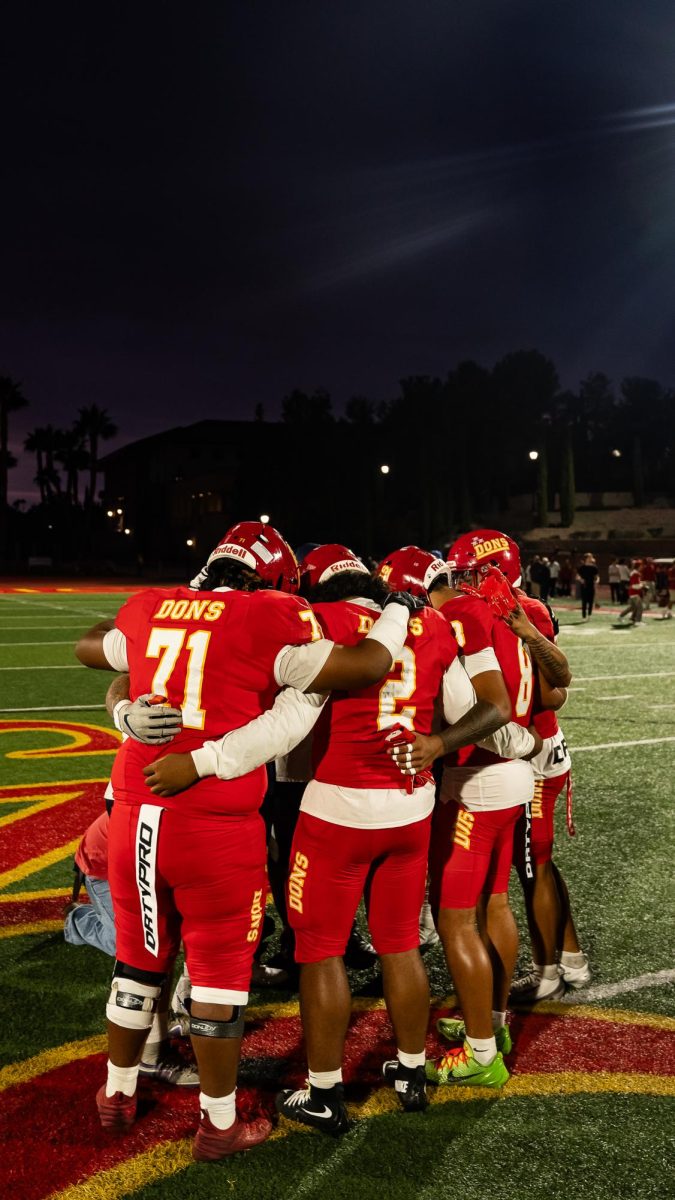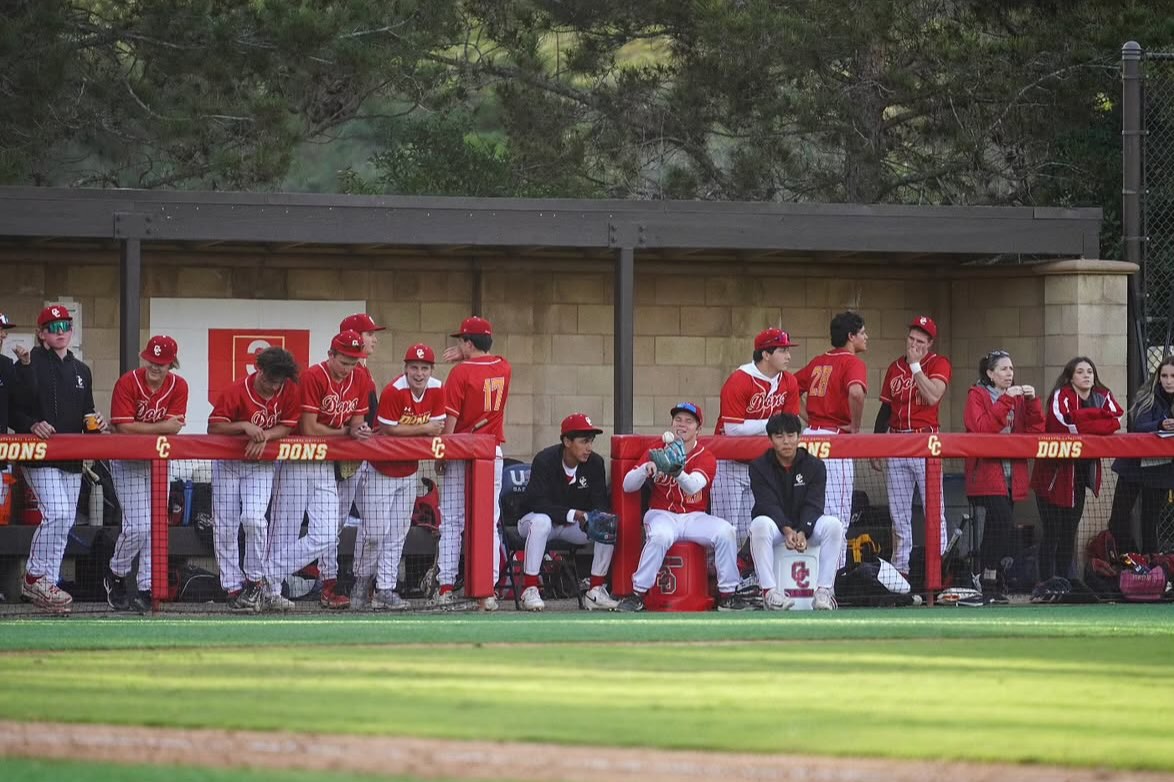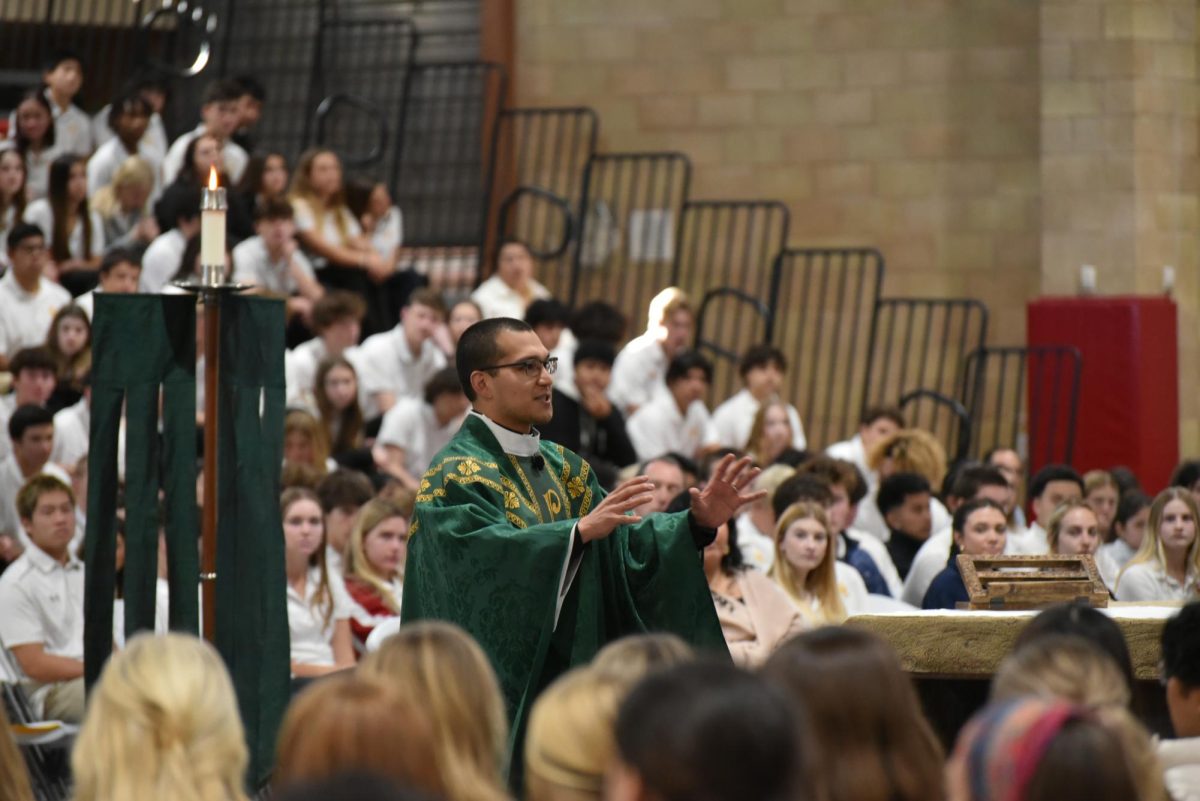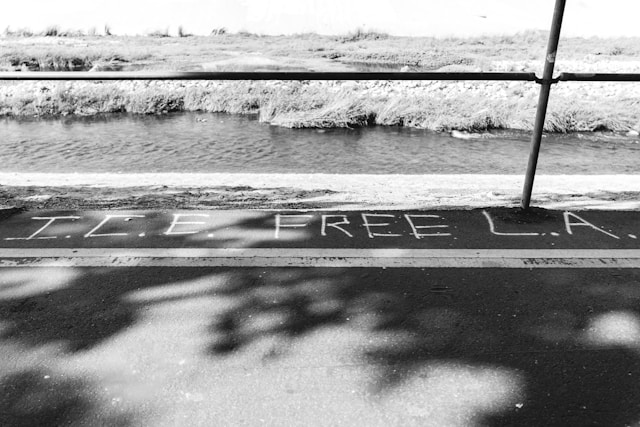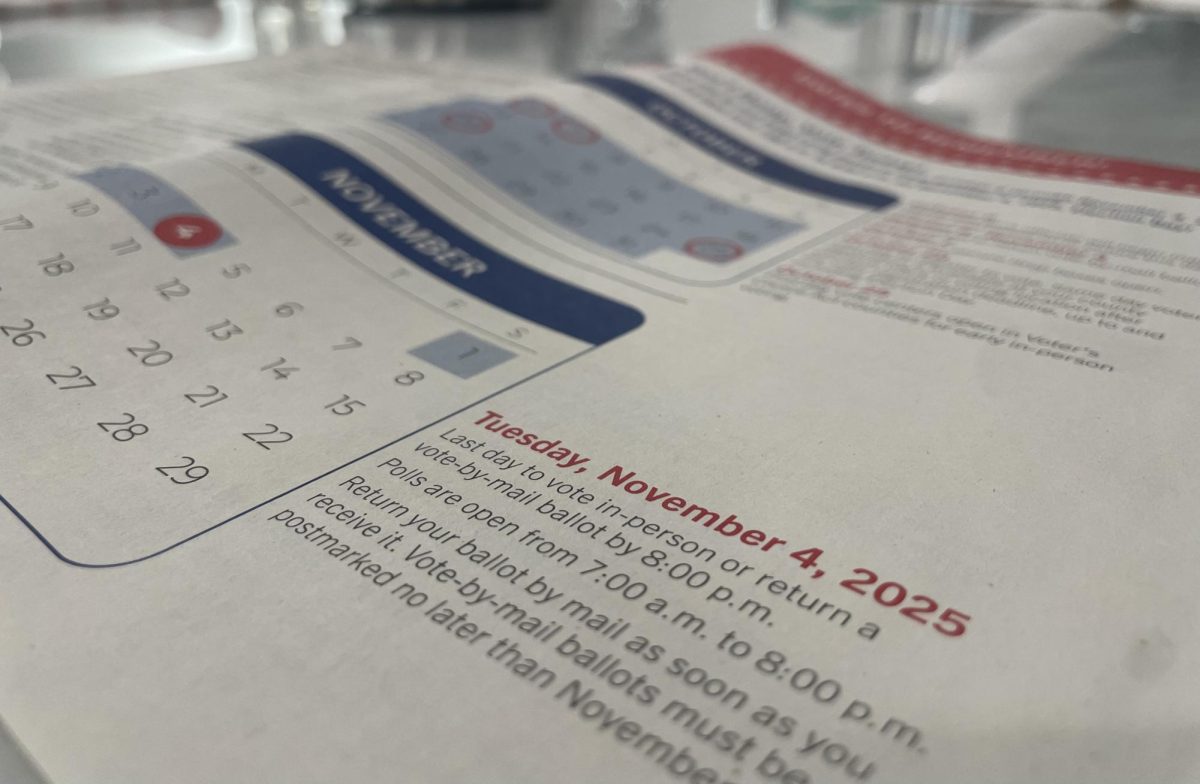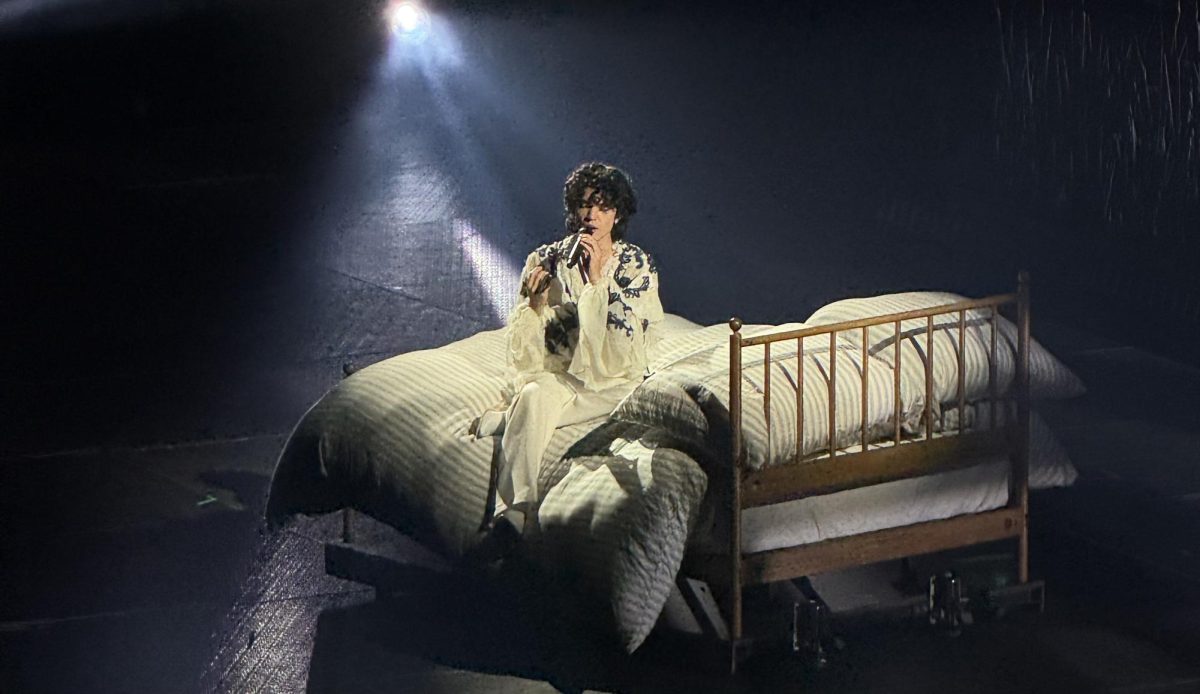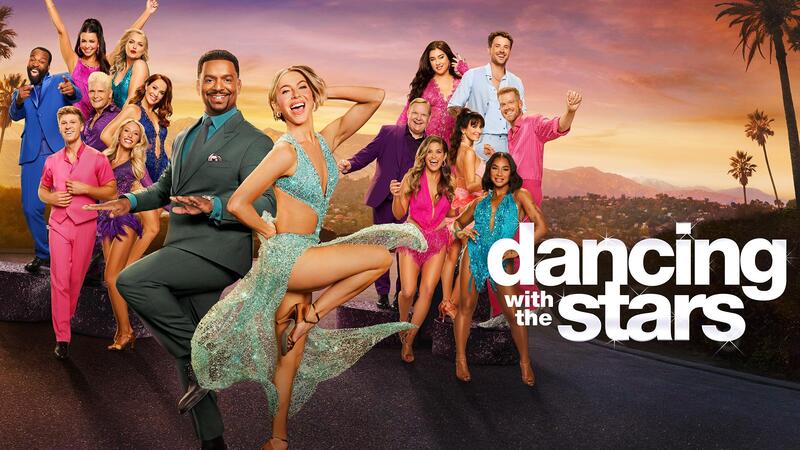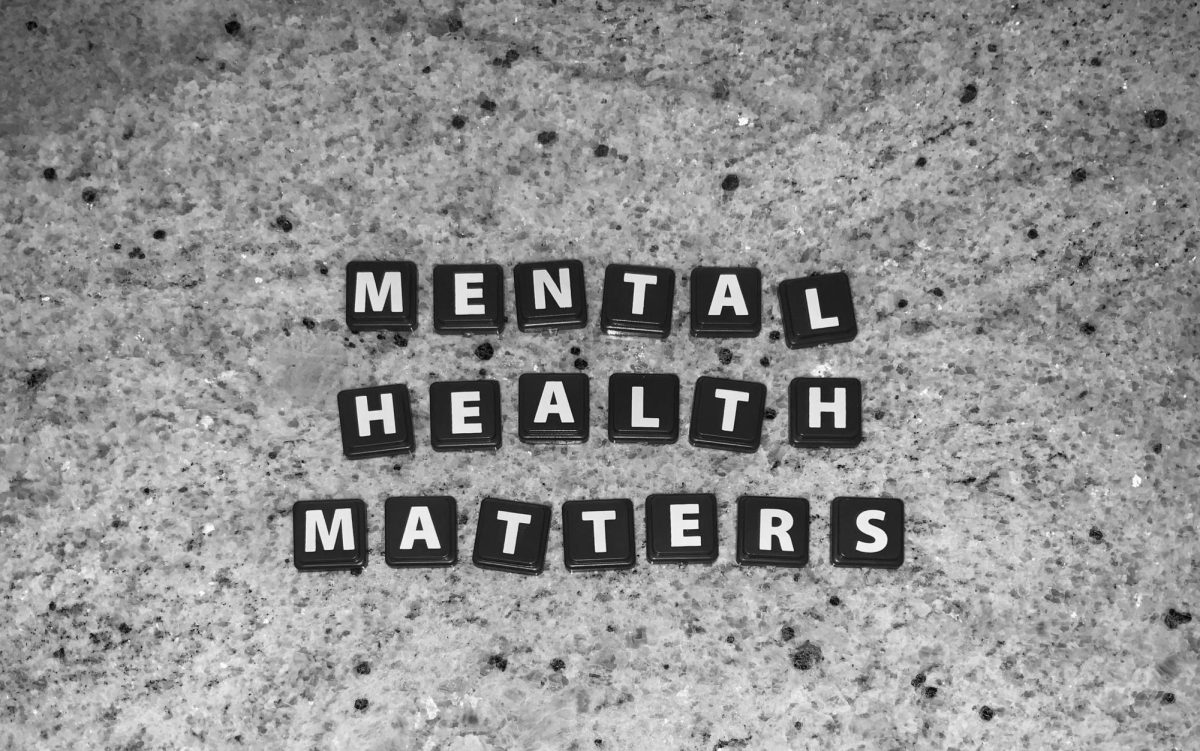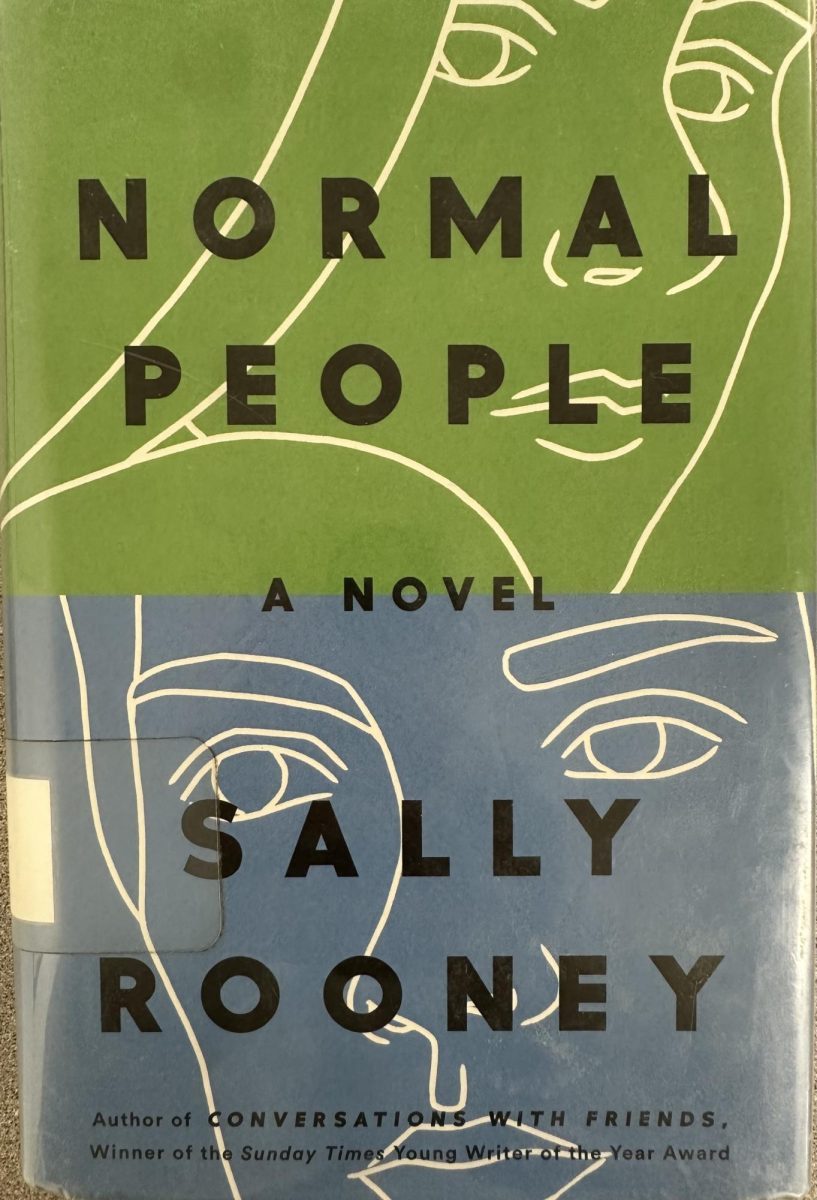The problem nowadays is there seems to be a disconnect between what is present and what we see. That one phrase perfectly encapsulates most experiences on social media, a swath of recklessness that, at times, as a boy who is now a man, has made me feel like a man alone in a crowded room.
However, one piece of media in this hellish landscape, the 21st-century press, seems to be a glimmer of hope in showcasing real-world issues of the next generation. It took a UK actor named Stephen Graham, co-creating with writer Jack Thorne, a TV show based on the stabbing of young girls in 2021 from bullying to capture the dark side of teenage years in not just America and the UK but the world.
“Adolescence,” a UK show on Netflix, has captured the dark side of adolescent years in America, showing that the issues of toxicity, misogyny, and social media indoctrination have become a worldwide epidemic in and of itself.
At its core, “Adolescence” is about a seemingly innocent boy named Jaime from the countryside of England who many suspect of the brutal murder of a girl named Katie. The father of Jaime, played by powerhouse actor and cocreator of the show Stephen Graham, and the local authorities, are shocked that someone from such a seemingly happy upbringing could commit such a horrendous crime.
It is clear early on that Jaime suffers from low self-esteem. Being made fun of by Katie over social media (as she took agency over Jaime’s rude behavior both in person and online) leads to a night when a boy took things too far. But what are some of the factors the show insinuates could have possibly led a seemingly mild-mannered boy from the austerity of the English countryside to commit such a crime?
“The boy’s school is underfunded, and teachers were too stressed and overworked to stop bullying; the police are ignorant of how teenagers talk to one another on social media, and the boy’s friends and family were oblivious to what he was capable of,” according to the New York Times. That summarizes perhaps why the show is getting notoriety.
When explaining concepts such as “Incells” or the 80/20 theory that 80% of women are attracted physically to 20% of males, it can sound like absurdity to one’s adult ears. Yet we as a culture must also recognize that such ideas that are fun to laugh at might also have sinister connotations that harken back to an old feeling of male hatred of women prevalent in all facets of American society.
“The influencers (like Andrew Tate) turn the adult into the villain and explain how the teenage boy is the victim and must rise….tying into male alienation,” according to English teacher Mrs. Caitlin Sly. In asking Mrs. Sly if the show “Adolescence” handles such themes as male indoctrination, alienation, and the in-cell community well, in typical summarized fashion, she stated, “Bottom line, yes, it does bring these issues into the open and demonstrates how complex they are.”
Watching Jaime felt like peering into the darkest depths of my soul. Though I am relieved by the graces of the almighty, I have never espoused hatred of women. I did have experiences with dealing with rejection from females. But such feelings are universal, and their animosities are hard to ascertain.
In “Adolescence,” the same applies, as there is never a black-and-white answer to the heinous crime committed in said show. “It’s refusal to offer easy getouts (no abusive parents, no dark family secrets), no clear explanation as to what leads one boy to murder and others not, feels brave and real,” according to the Guardian Magazine.
There have been times during my four years at Cathedral Catholic High School that I have been an outsider. My inability to naturally fit in with others and ridicule coming from past mistakes that I made weighed heavily on my soul.
What kept me sane was outlets. Wrestling. Writing. Acting. Without these outlets, I wouldn’t have overcome never getting dates to the prom or sometimes not having the best times with friends. Yet, the tragedy of the character with Jaime is that he never got the outlet to find self-confidence in who he was.
He never had a mentor who believed in him, as I have had teachers and parents who understand me completely. He never got that extra support from his peers to handle topics such as female interaction and anonymity in healthy ways.
What “Adolescence” should raise awareness of is not just the dangers of social media but rather the importance of reflecting on our seriousness in preventing this mental health epidemic. The best solution initially from my end to solve said epidemic was a social media ban at 16.
After all, I didn’t get a phone till age 14, and it was only under the pretense of communication to get rides from swim practice.
But Mrs. Sly, in her teacher wisdom, reminded me that such solutions must also come from a societal shift. As Sly said eloquently before the passing period bell rang, “Kids need to be around adults who pay attention. We all need to care and pay attention so kids have a strong community they can admire.”


